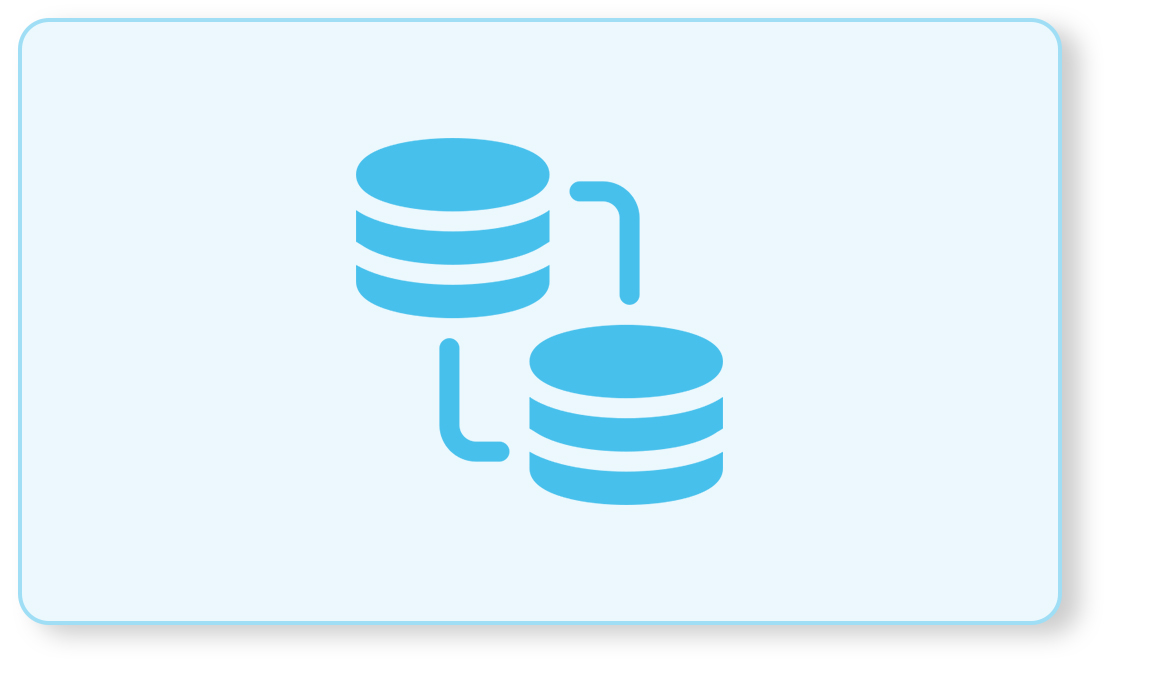PrestaShop, the faithful open-source eCommerce solution, returns with a bang! Version 9.0.0 isn’t merely an update—it’s your online store’s new energy. With improved functionality, better performance, and a smooth experience, this release is here to make store owners’ and developers’ lives easier.
Problems with clumsy interfaces and slow-loading pages are a thing of the past. With its customization, PrestaShop remains adaptable to the constantly changing eCommerce universe. Because let’s face it—one-size-fits-all is a myth conceived by individuals who never had to manage an online store.
Dive into this blog – to know more about PrestaShop 9.0!
PrestaShop 9.0 upgrades: An eagle’s eye view!
Let’s see how PrestaShop has upped its game with the latest version.
Symfony framework upgrade
PrestaShop 9.0.0 finally says goodbye to Symfony 4.4 and hello to Symfony 6.4 with open arms—because operating a modern online store on old tech is like attempting to win an F1 race with a family van.
This long-term support (LTS) release guarantees security updates through 2027, which means fewer sleepless nights worrying about vulnerabilities. With improved performance and stability, developers now have access to cutting-edge features for creating more secure applications.
Improved PHP compatibility
Adios to ancient PHP versions! PrestaShop 9.0.0 now requires a minimum PHP version of 8.1, with 8.2 and 8.3 supported graciously as well. Why? Because quicker execution times and more secure security protocols are just what every eCommerce store requires—especially its old tech holding you back.
By staying updated with the latest PHP innovations, PrestaShop ensures store owners receive a streamlined, high-performance eCommerce experience, leaving behind stores still hanging on to PHP 7.
New API system
Built on the API Platform, this new system significantly enhances integration capabilities, making real-time data access and third-party service integration smooth.
With this update, developers can now create sophisticated, customized solutions without hacking their way through spaghetti code, because—let’s be real—no one should have to decode cryptic API workarounds in 2025.
Front office enhancements
These enhancements are the best because – they change the first impressions of your store. And first impressions do matter.
Symfony container integration
PrestaShop 9.0.0 brings Symfony components to the front office, so now you can code with a more modular, maintainable codebase instead of patching it together like a last-minute budget report. This integration takes front-end capabilities to the next level, with improved performance, security, and responsiveness.
Even though it is still in beta, early adopters are invited to take the leap, give feedback, and assist in perfecting its implementation.
User experience improvements
Customer interaction is not all about those flash discounts—it’s about a smooth, hassle-free experience. PrestaShop 9.0.0 introduces new front office design features, redesigned product pages, and improved navigation features (yes, breadcrumbs that help). Improved translations and a more straightforward layout eventually mean improved conversion rates and customer satisfaction.
Back-office overhaul
These updates simplify your admin work to a great extent.
Revamped layout with Symfony and Twig
PrestaShop 9.0.0 brings a highly anticipated back office makeover, fueled by Symfony and Twig technologies. The new responsive & modular layout eliminates the need for administrators to work with an outdated user interface for simple daily tasks.
Enhanced navigation and greater accessibility streamline everyday tasks, making order processing and customer support more simplistic. Developers also enjoy a smart customization process that doesn’t sacrifice performance, proving that modernization doesn’t have to come at the cost of usability.
Backward compatibility
Technical improvements
Let’s look at what Prestashop 9.0 has in store for you – in the form of technical improvements.
Performance enhancements
PrestaShop 9.0.0 brings much-needed speed enhancements because let’s face it—no customer enjoys watching a spinning wheel while trying to check out. Moving to Symfony 6.4 means better resource allocation and execution speed, so your store should be running more efficiently than ever. However, it’s important to note – the Symfony 6.4 version will keep on working on bug fixes till November 2026.
With PHP 8.1 and beyond supported, merchants can expect more responsive performance, which is why this upgrade is a smart move.
Security enhancements
Cybersecurity threats don’t take a day off, and neither should your eCommerce platform’s security. With PrestaShop 9.0.0 upgrading to Symfony 6.4—an LTS version that will receive security updates through 2027—store operators can breathe a little easier.
The new API, built on the API Platform, will mean safer third-party integrations, keeping sensitive data exchanges secure.
Custom module development & testing
These are some of the developer-focused features that make Prestashop 9.0 a great update!
Custom module development
The launch of PrestaShop 9.0.0 is a gift to developers in the form of a much-needed upgrade—a modern API that drastically differs from the ancient systems typical of the early 2000s. Constructed on the API Platform framework, this update streamlines custom module development through real-time data access and seamless integration of third-party applications.
Moreover, with the inclusion of complete tutorials by the PrestaShop community, developers can learn with ease about authentication, resource creation, and communication with API endpoints. No more typical confusion about development processes.
Testing and feedback opportunities
PrestaShop 9.0.0 recognizes its weaknesses, which is why it actively encourages developers to test its new functionalities and provide feedback. This cooperative effort identifies the inevitable bugs before they become large-scale problems. Forums and GitHub discussions are open as well for developers to voice concerns, suggest improvements, or simply outline frustrations with unanticipated bugs.
Wrapping up,
Symfony 6.4, enhanced PHP compatibility, and a new API give developers smooth integrations as a permanent solution to their many problems. Back office refacing enhances usability, front office modifications enhance UX, and security enhancements enable merchants to concentrate on selling rather than cyber-fighting. PrestaShop 9.0.0 is more than an upgrade—it’s a much-needed evolution.
FAQ's
PrestaShop 9.0 is the latest version, offering advanced features, better performance, and improved security. However, the best version depends on your specific needs and compatibility with your store setup.
Upgrading to PrestaShop 9.0 provides enhanced security, better performance, improved user interface, and new features tailored for modern e-commerce needs.
PrestaShop 9.0 offers enhanced security protocols, making it more robust against potential threats compared to its predecessors.
PrestaShop 9.0 introduces enhanced security features, performance optimizations, and a revamped user interface, along with several developer-friendly tools for easier customization.
Some older modules and themes may not be fully compatible with PrestaShop 9.0 due to updates in the framework. It’s advisable to check compatibility or update them accordingly.
Bhavya Shah
Bhavya Shah is a Business Analyst at iCreative Technologies. He specializes in the eCommerce consulting for all business domains. He is working hand-in-hand with developers and clients to produce requirements and specifications that accurately reflect business needs and are technologically achievable.





